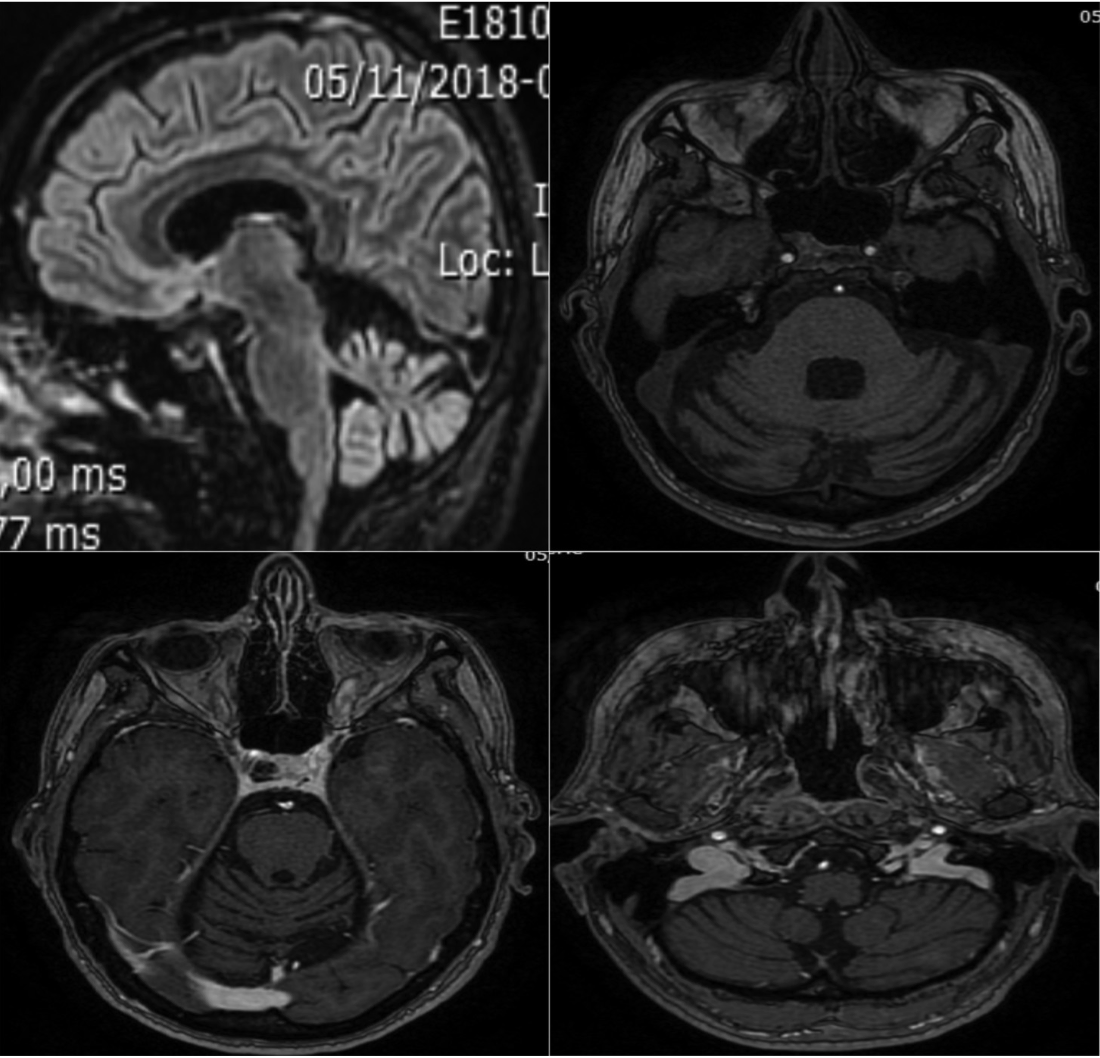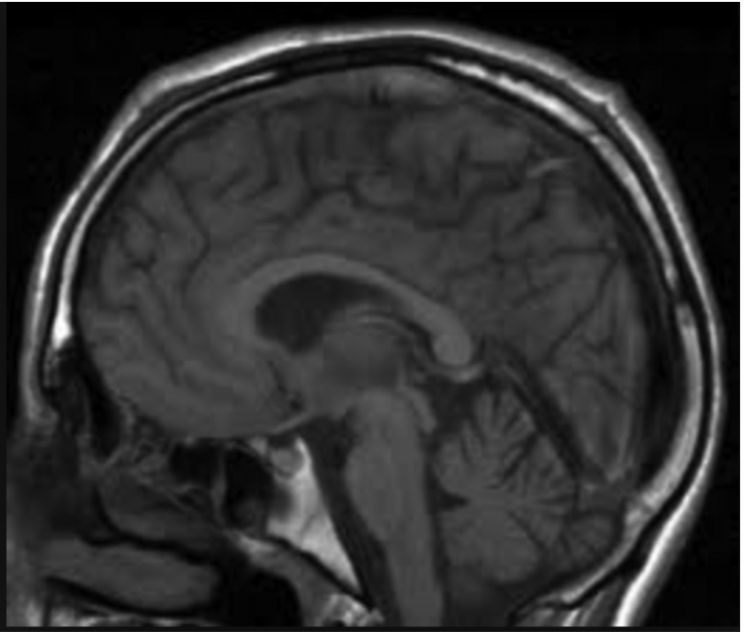Category: Ataxia
Objective:
To report two recent cases of cerebellar atrophy secondary to acute lithium intoxication during suicide attempts
Background:
Lithium salts have been used since the XIXth century first in medicine but more recently in psychiatry for bipolar and mood disorders. However, their use requires special monitoring because of their side effects which can be potentially serious or even life-threatening depending on the duration and the amount of exposure. The side effects of lithium can affect both the nervous system. Cerebellar atrophy is rare but it remains one of the most disabling complications following lithium intoxication.
Method: We followed 2 patients with a history of bipolar disorder, who presented with cerebellar ataxia, after a stay in intensive care following a massive ingestion of lithium salts during a suicide attempt.
Results: A 50-year-old patient with a history of bipolar disorder on lithium, a stay in unit intensive care following severe voluntary drug poisoning with lithium, received in consultation for dysarthria and disorder a walk. Clinical examination found major static cerebellar ataxia and kinetics with a SARA score of 19. Lithiaemia at 4.2 mmol / L (0.6–1.2 mmol / L), among other, was present. A brain MRI showed diffuse vermal and hemispherical atrophy. A Datscan showed homogeneous and symmetrical striatal fixation. A PET-FDG showed marked hypometabolism affecting the entire cerebellum.
A 71-year-old patient with a history of bipolar disorder treated with LP theralitis (600 mg / day) was admitted for management of acute confusion with loss of autonomy following massive ingestion of theralitis. The lithemia was 2.6 mmol / L (0.6–1.2 mmol / L). The neurological examination showed static and kinetic ataxia with a SARA score of 16. A brain MRI showed atrophy of the cerebellum. The other reports were normal. A Datscan found homogeneous and symmetrical striatal fixation and a PET-FDG found moderate hypometabolism extensively affecting the posterior temporo-parieto-occipital associative regions.
Conclusion: Ataxia of cerebellar origin remains a very disabling condition. Its toxic drug origin due to lithium in a context of encephalopathy, is potentially serious and causes irreversible sequelae. In its use, it is important to think about the complications and to intensify the monitoring of these patients and finally to detect them at the beginning stage to avoid permanent sequelae
To cite this abstract in AMA style:
M. Fall. Cerebellar atrophy secondary to lithium intoxication : about 2 cases [abstract]. Mov Disord. 2021; 36 (suppl 1). https://www.mdsabstracts.org/abstract/cerebellar-atrophy-secondary-to-lithium-intoxication-about-2-cases/. Accessed April 3, 2025.« Back to MDS Virtual Congress 2021
MDS Abstracts - https://www.mdsabstracts.org/abstract/cerebellar-atrophy-secondary-to-lithium-intoxication-about-2-cases/


